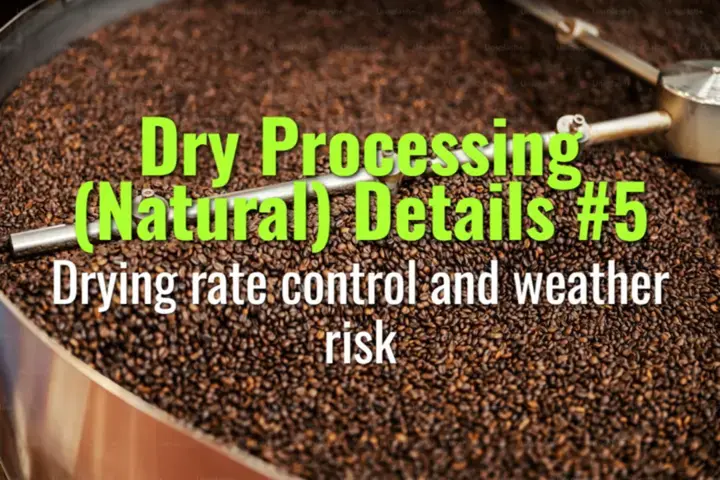
Turning schedules by honey color
This topic explains how turning schedules vary by honey process color (white, yellow, red, black), why frequent turning is critical, and how it impacts drying speed, risk, and flavor development.

This topic explains how turning schedules vary by honey process color (white, yellow, red, black), why frequent turning is critical, and how it impacts drying speed, risk, and flavor development.

This topic explains how bed thickness and airflow are managed in honey and pulped natural coffee processing, why they matter for uniform drying, and their impact on flavor and defect prevention.

This topic explains drying curves in honey and pulped natural processes, how time to reach target moisture is managed, and why controlled drying is essential for flavor and stability.

This topic explains how farmers determine the correct drying endpoints in natural coffee processing, the role of water activity, and why precision at this stage ensures stability, quality, and shelf life.

This topic explains how controlling the drying rate and managing weather risks are essential in natural (dry) coffee processing to ensure stability, flavor quality, and defect prevention.

This topic explains the drying protocols after washed processing, covering methods, target moisture levels, quality impacts, and best practices for ensuring stable, defect-free green coffee.